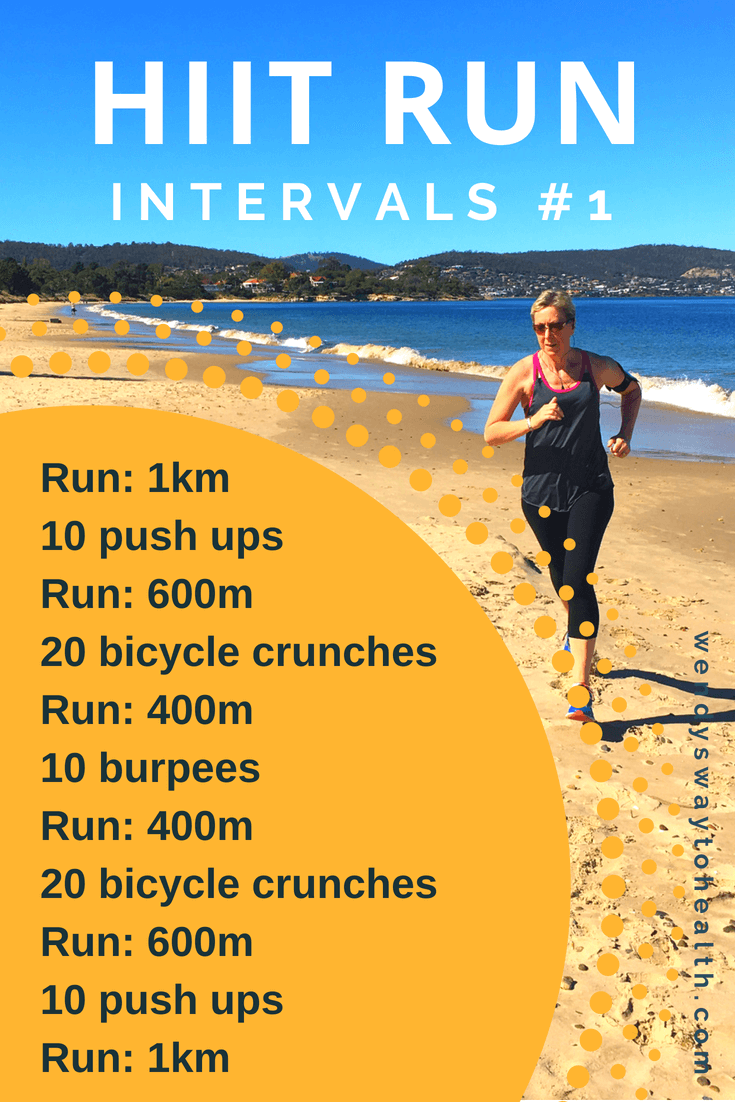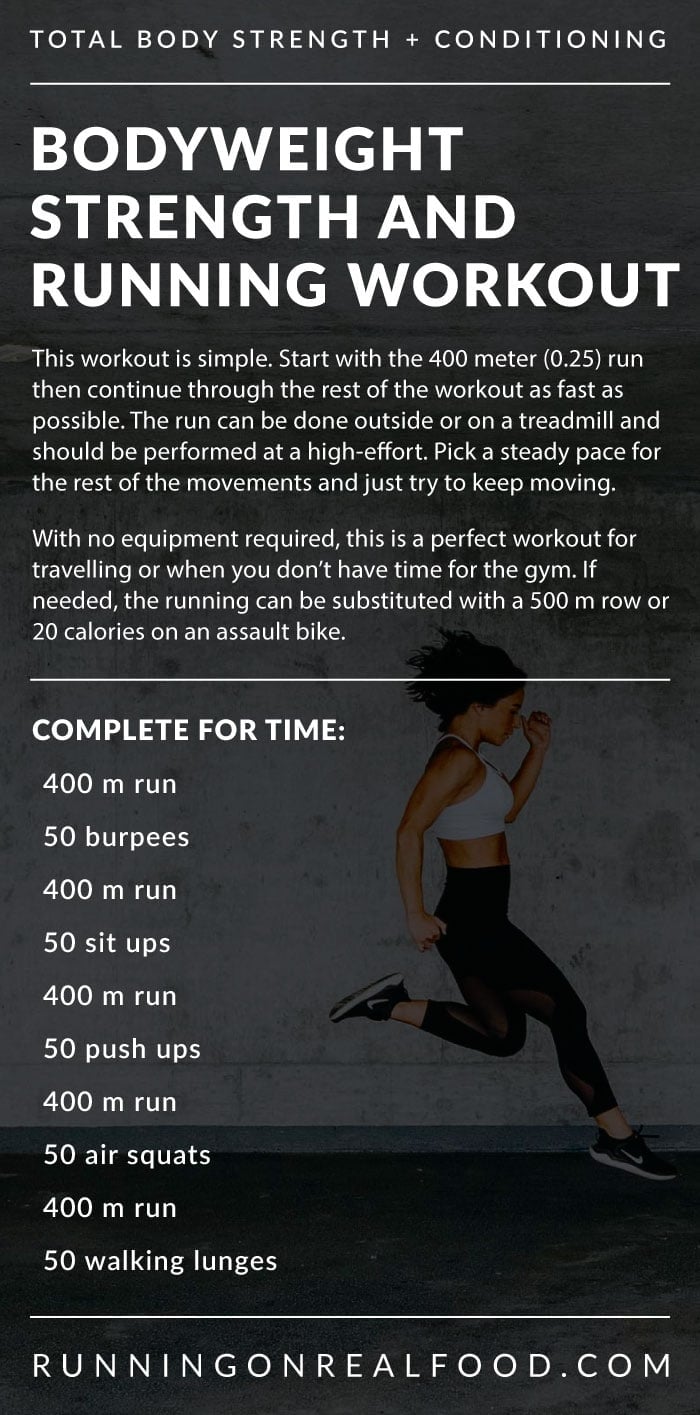The Ultimate Guide to Dealing With Discomfort When Running
Whether you are a seasoned marathoner or simply beginning your running trip, recognizing the numerous kinds of pain that can develop and the techniques to address them is vital. From pre-run warm-up regimens to proper footwear selection, there are various factors to think about when it comes to dealing with discomfort while running.

Comprehending Different Sorts Of Running Discomfort
When running, it is essential to differentiate between different kinds of discomfort to stop injuries and take full advantage of efficiency (Read More). One common sort of discomfort that runners may experience is muscle mass soreness, which typically emerges from the anxiety placed on muscles during workout. This type of discomfort is frequently a regular component of the running process and can be managed through correct workout, cool-down, and extending regimens
One more kind of discomfort to be knowledgeable about is joint pain. Joint discomfort can suggest problems such as overuse, improper form, or underlying problems like arthritis. Overlooking joint discomfort can result in extra serious injuries, so it is crucial to address any type of pain immediately and possibly look for specialist suggestions.
Additionally, sharp or stabbing discomforts should not be ignored. These kinds of discomfort can signal severe injuries such as strains, sprains, or stress fractures - running workout. Remaining to run through these kinds of discomfort can aggravate the injury and prolong recuperation time

Pre-Run Warm-Up and Extending Routine
To prepare the body for a running session, applying an efficient pre-run workout and stretching regular is necessary. A proper workout helps raise blood flow to the muscle mass, boosts versatility, and decreases the threat of injury during the run. Start with vibrant stretches like leg swings, arm circles, and high knees to gradually increase your heart rate and relax the muscle mass. Dynamic stretching helps simulate the activities you'll be doing while running, preparing your body for the task in advance. Follow this with fixed stretches focusing on major muscle mass teams such as the hamstrings, quadriceps, calves, and glutes. Hold each stretch for concerning 15-30 secs without bouncing to promote muscular tissue relaxation and adaptability. Remember to pay attention to your body and change the strength of your workout based on your health and fitness level and any kind of pre-existing problems. By including a constant pre-run workout and stretching regular right into your running program, you can enhance performance and minimize the risk of discomfort or injury.
Correct Shoes Choice and Fit
Picking suitable footwear that fits well is critical for runners to stop pain and decrease the threat of injuries. Ill-fitting footwear can lead to blisters, black toe nails, shin splints, and other painful conditions that can hinder efficiency and sideline training. When selecting running footwear, it is necessary to take into consideration factors such as foot type, running gait, arch assistance, cushioning, and shoe size. running workout. Visiting a specialized running shop for a stride analysis and specialist fitting can assist ensure that you choose the right shoes for your private requirements. Running footwear ought to supply appropriate support and security while also being comfy and light-weight. In addition, it is recommended to change your running shoes every 300-500 miles to maintain correct padding and support. Spending in premium footwear that is ideal for your running design and foot composition is a proactive action towards stopping pain and injuries throughout your runs.
Nourishment and Hydration Tips for Pain Prevention

Hydration is just as essential for runners to avoid pains, dehydration, and various other discomforts that can result in pain throughout running. It is suggested to drink a sufficient quantity of water throughout the day and particularly previously, during, and after running sessions. Electrolyte-rich beverages or sporting activities beverages can additionally be beneficial for replenishing shed minerals and maintaining appropriate fluid balance. running strategy (Read More). By focusing on nourishment and hydration, joggers can enhance their efficiency, reduce discomfort, and enjoy a more comfy running experience.
Post-Run Recovery Techniques to Reduce Discomfort
Executing efficient healing strategies is essential for easing pain and promoting muscle mass healing after running sessions. One crucial post-run recuperation method is stretching. Integrating fixed go for significant muscular tissue groups can aid minimize muscular tissue stress and discomfort. Foam rolling is one more advantageous technique to release muscle mass tightness and boost blood flow to the muscles, helping in quicker healing. Furthermore, icing aching areas for 15-20 minutes can help decrease swelling and numb pain post-run.
Eating a balanced snack or meal that consists of healthy protein and carbohydrates within 30 minutes of finishing a run can aid repair muscle mass cells and restore power stores. By integrating these post-run recuperation methods into your regimen, you can successfully manage discomfort and enhance your running efficiency.
Final Thought
To conclude, addressing different types of running pain via proper workout, extending, footwear choice, nutrition, hydration, and post-run healing techniques is important for pain avoidance and monitoring. By understanding the reasons for pain and carrying out these strategies, joggers can minimize pain and potential Resources injuries. It is crucial to focus on overall physical health and wellness and health to ensure a successful and delightful running experience.